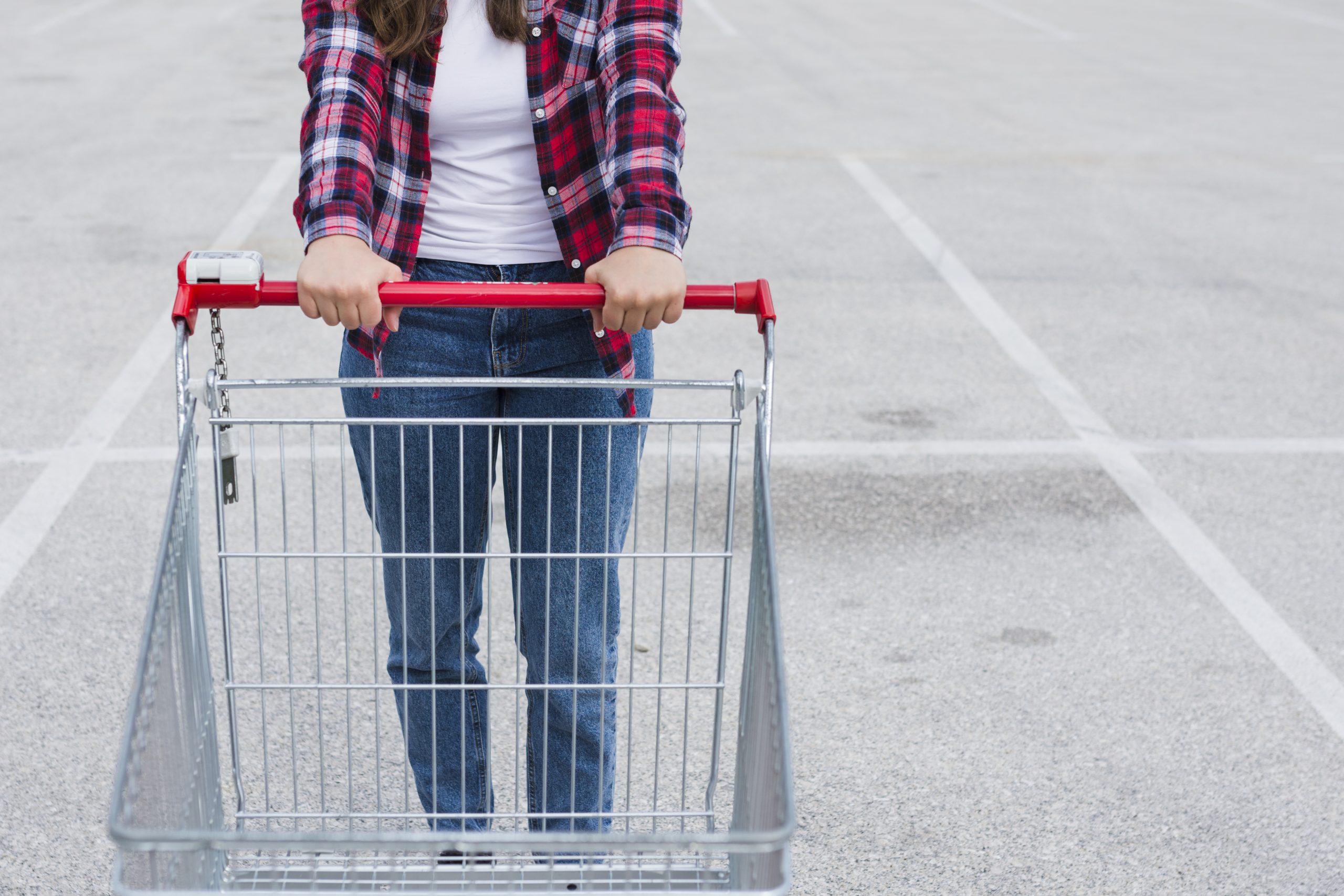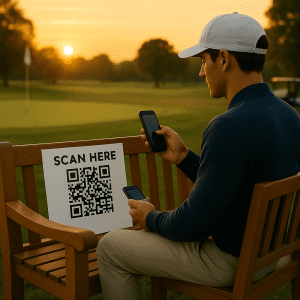Shopper Marketing Is Evolving—and So Should the Way We Engage the Brain
Let’s face it—today’s shopper is overwhelmed. From glowing screens to crowded shelves, attention is a scarce resource. That’s why successful shopper marketing can’t rely on visibility alone. It must capture attention, trigger emotion, and guide decisions—all within seconds.
Enter: neuro-marketing.
When paired with in-hand promotional materials, neuro-marketing becomes a game-changer. It brings scientific precision to a discipline often driven by guesswork. Brands can now design flyers, coupons, sleeves, and packaging based on how the brain actually works—not just what looks nice.
In this article, we’ll explore how neuroscience enhances shopper marketing, especially in tactile formats, and how you can use these insights to increase engagement, recall, and conversions at the point-of-sale.
What Is Shopper Marketing, Really?
At its core, shopper marketing is about influencing consumers in the path to purchase, typically within the retail environment.
It includes:
Retail marketing campaigns inside and around stores
In-store marketing activations (shelf talkers, POS displays)
Consumer-focused trade marketing strategies (co-branded promos, retailer-specific offers)
But the real magic happens when all of these efforts are tied to a shopper engagement strategy that’s rooted in psychology—and delivered in a physical, in-hand format.
Why In-Hand Materials Are Critical to Shopper Marketing
Before we dive into the brain science, let’s make one thing clear: touch matters.
A coffee sleeve, pharmacy bag, or product sample doesn’t just convey information—it creates a physical connection with your brand. Studies show that holding something increases emotional engagement and perceived ownership.
When you combine that tactile advantage with smart design based on neuro-marketing insights, your shopper marketing goes from functional to unforgettable.
How Neuro-Marketing Enhances Shopper Engagement Strategy
Now, let’s get into the brain-based mechanics that make this work.
🧠Visual Processing: Make the Brain Work Less
The brain prefers simplicity. It takes shortcuts to preserve energy, so your in-hand marketing must be designed for instant comprehension.
Use:
High contrast between text and background
One bold message per piece
Easy-to-scan layout with clear hierarchy
✅ Example for in-store marketing:
A pharmacy bag with one big headline:
“Save $5 Today. Scan & Save.”
Backed by one QR code, and no clutter.
🧠Emotional Triggers: Activate the Limbic System
We buy based on emotion—then justify with logic. Emotional design activates the limbic system, which drives non-verbal decision making.
Use:
Warm, relatable imagery (faces, community)
Colors aligned with emotions (red = urgency, blue = trust)
Testimonials or short stories
✅ Shopper marketing example:
A door hanger featuring a smiling local mom:
“Voted Best Neighborhood Dentist. See Why Maria Switched.”
🧠The Mirror Neuron Effect: Show, Don’t Tell
When we see someone doing something, our brain “mirrors” that behavior subconsciously. Use imagery of people using the product to stimulate this effect.
Use:
Hands holding product
People smiling after use
Lifestyle settings that match your buyer’s aspirations
✅ Retail marketing example:
Pizza box topper shows friends sharing slices with text:
“This Weekend? It’s On Us. Scan for a Free Pie.”
🧠Cognitive Biases: Leverage Anchoring and Scarcity
People rely on mental shortcuts. Use these to your advantage:
Anchoring bias: Show a higher price first, then discount.
Scarcity bias: Limited-time offers boost perceived value.
✅ Point-of-sale marketing example:
Flyer on a coffee sleeve:
“Regularly $19. Now Only $12—Today Only.”
Types of In-Hand Promotional Materials That Work Best
Not all materials are created equal. Choose based on your shopper marketing goals and environment.
Pharmacy Bags
Ideal for health & wellness brands. Customers associate the content with care and trust.
Coffee Sleeves
High dwell time, perfect for lifestyle or CPG brands. Consumers often hold them for 15–20 minutes.
Door Hangers
Great for hyperlocal outreach, particularly services and healthcare.
Pizza Boxes
Perfect for family-centric or casual food brands. Built-in reach and communal moments.
Each of these can carry brain-based design cues to enhance shopper engagement strategy.
Case Study: Neuro-Marketing at Work in Shopper Marketing
A national vitamins brand partnered with local pharmacies to place neuro-optimized flyers inside prescription bags.
Tactics Used:
Simple headline with health benefit
Warm imagery of active seniors
Time-sensitive discount with QR code
Results:
27% scan rate on in-hand QR codes
35% lift in in-store conversions
18% increase in repeat visits
The campaign succeeded because it made the emotional connection first, and the logic followed.
The Role of Retail Staff in Reinforcing In-Hand Messaging
Never underestimate your frontline. When in-hand materials are distributed by retail employees, train them to:
Reinforce the value verbally (“This coupon gives you $10 off next time”)
Place items in the shopper’s hand (not bagged and buried)
This increases tactile engagement and improves recall.
Best Practices for Neuro-Marketing in Shopper Marketing
✔️ One Clear CTA: Don’t confuse the brain—guide it.
✔️ Use Faces and Emotion: Tap into primal attention drivers.
✔️ Make It Touchable: Use quality paper or texture to elevate perception.
✔️ Time-Bound Offers: Create urgency with a real deadline.
✔️ Track Engagement: Use QR codes or POS-triggered incentives to measure success.
Final Thoughts: Shopper Marketing Meets Brain Science—and It Works
In a world where consumers tune out 90% of ads, successful shopper marketing must do more than stand out visually. It must engage neurologically.
By integrating neuro-marketing principles into your in-hand promotional materials, you’re no longer guessing—you’re engineering outcomes based on science. This is especially powerful at the point-of-sale, where decisions happen fast and feel first.






